Put Aside the Old Adage
With our childhood days behind us, it’s time to put aside an earlier message, “Don’t talk to strangers.” I’m hoping you are already aware that the week of November 18-25 is designated as Talk To A Stranger Week. But just in case you haven’t heard about it, hopefully, I can help you get up to speed. The week is intended to tout the positive advantages of reaching out to others and encouraging Canadians to try to engage with others. Something as simple as saying good morning, smiling, or striking up a conversation with someone unknown to us, displays trust. These friendly gestures have been correlated to individual well-being, thereby making a difference in our daily life and the lives of other people.
A 2021 Canadian Social Connection Survey highlighted that those who said they talked to a stranger just once a week were up to three times happier than those who didn’t speak to strangers. While this finding may seem unbelievable to some, other research suggests that only 20% of Canadians talk to strangers each day and it is nearly 100% of the time that both parties are happy that the exchange happened.
Dr. Gillian Sandstrom, a Canadian researcher at the University of Sussex, suggests that a simple chat with a stranger can: improve well-being, make us happier, increase a sense of connection and improve levels of trust. Her research also indicates that practicing conversations with strangers for at least a week can reduce the fear of rejection and boost confidence!
For our well-being and that of others - let’s initiate reaching out to others. With the world as it is, don’t we all want a boost of confidence and a greater sense of belonging?
-Sister Nancy Wales, CSJ











